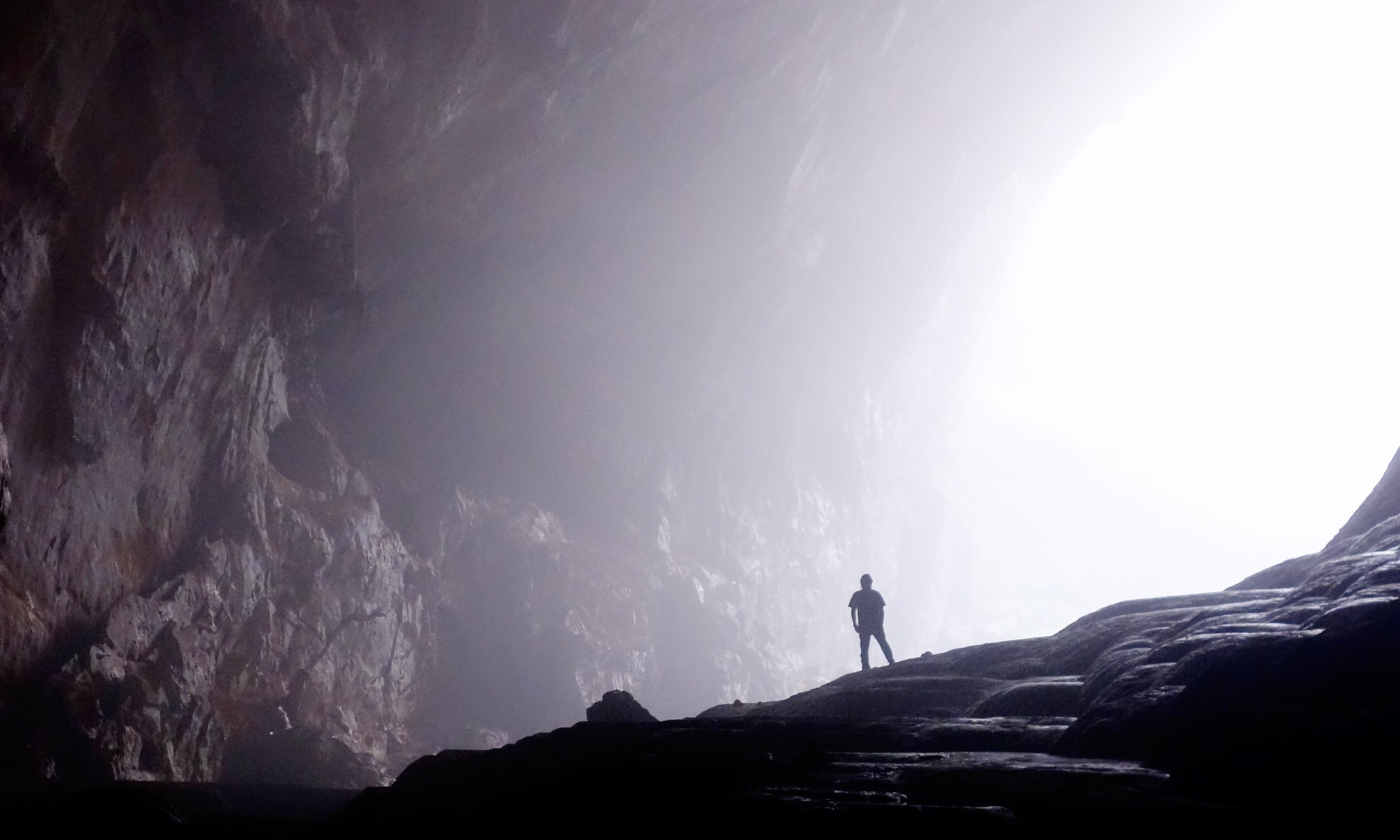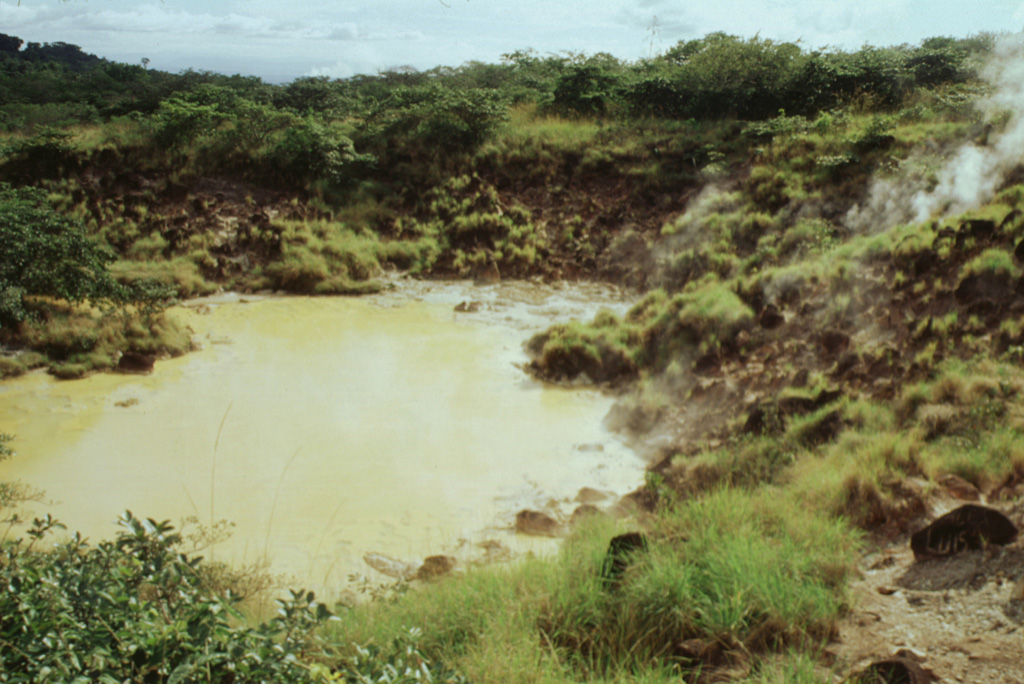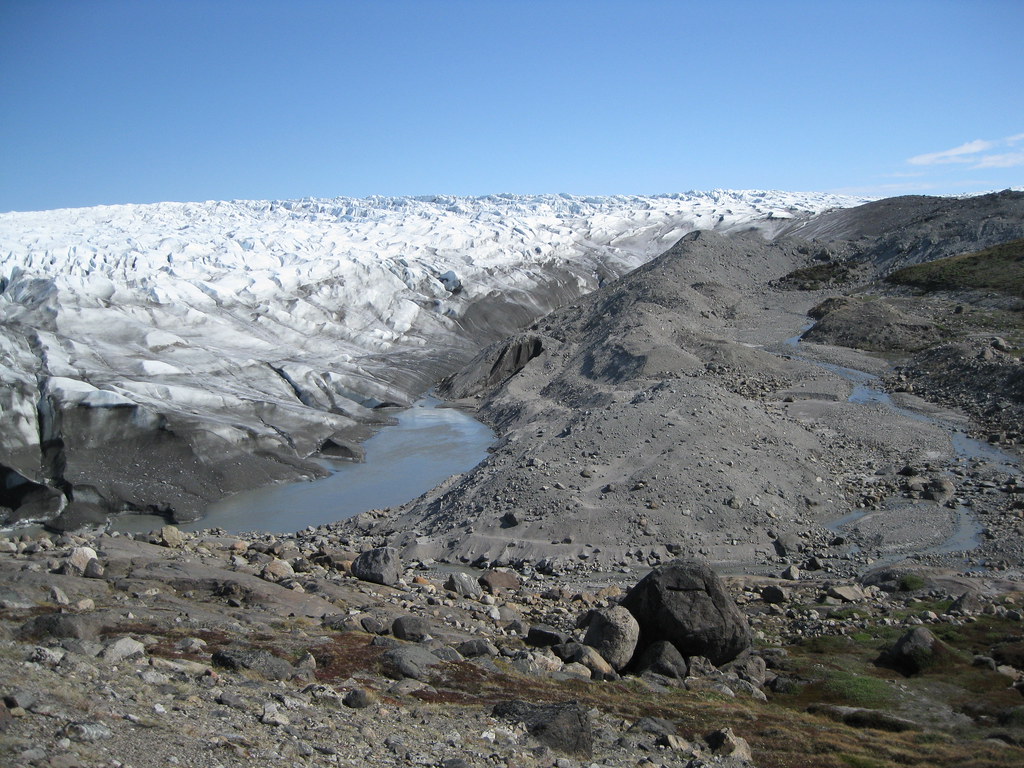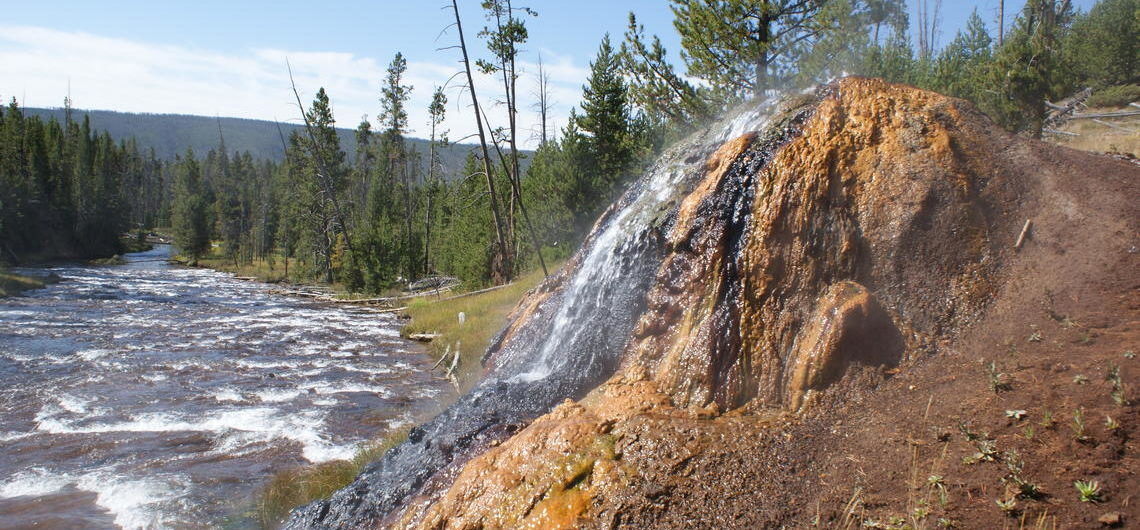Featured image: A person exploring the rocks of a cave on Earth, Pixabay.
Paper: Earth-like Habitable Environments in the Subsurface of Mars
Authors: J.D. Tarnas, J.F. Mustard, B. Sherwood Lollar, V. Stamenković, K.M. Cannon, J.-P. Lorand, T.C. Onstott, J.R. Michalski, O. Warr.
Mars exploration has been looking “up” recently: the Ingenuity helicopter performed the first powered flight on another planet, and veteran rover Curiosity gave us stunning images from the top of Mount Mercou. But if we want to look for life on Mars, it might be time for us to look down instead. New research suggests that life on present day Mars could be sustained by chemical energy produced through the interaction between water and rocks deep underground, like it is here on Earth.
Continue reading “The only way is… down? Groundwater on Mars could support microbial life in the present day”






